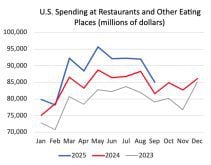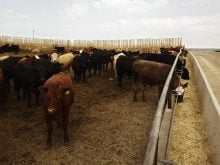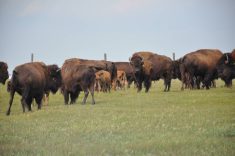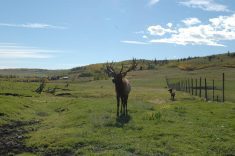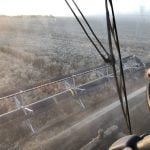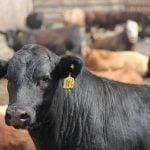When a group of schoolchildren from Surrey, B.C., asked how much water is needed to produce a pound of beef, the staff at the Beef Cattle Research Council had to admit they did not know.
“It was a challenge to do this because all we could really account for was how much water a cow would drink,” said Reynold Bergen of the research council during the Alberta Beef Producers annual meeting held last month.
The council calculated that a cow needs eight gallons of drinking water to produce a pound of beef, but that did not account for feed production and processing.
Read Also
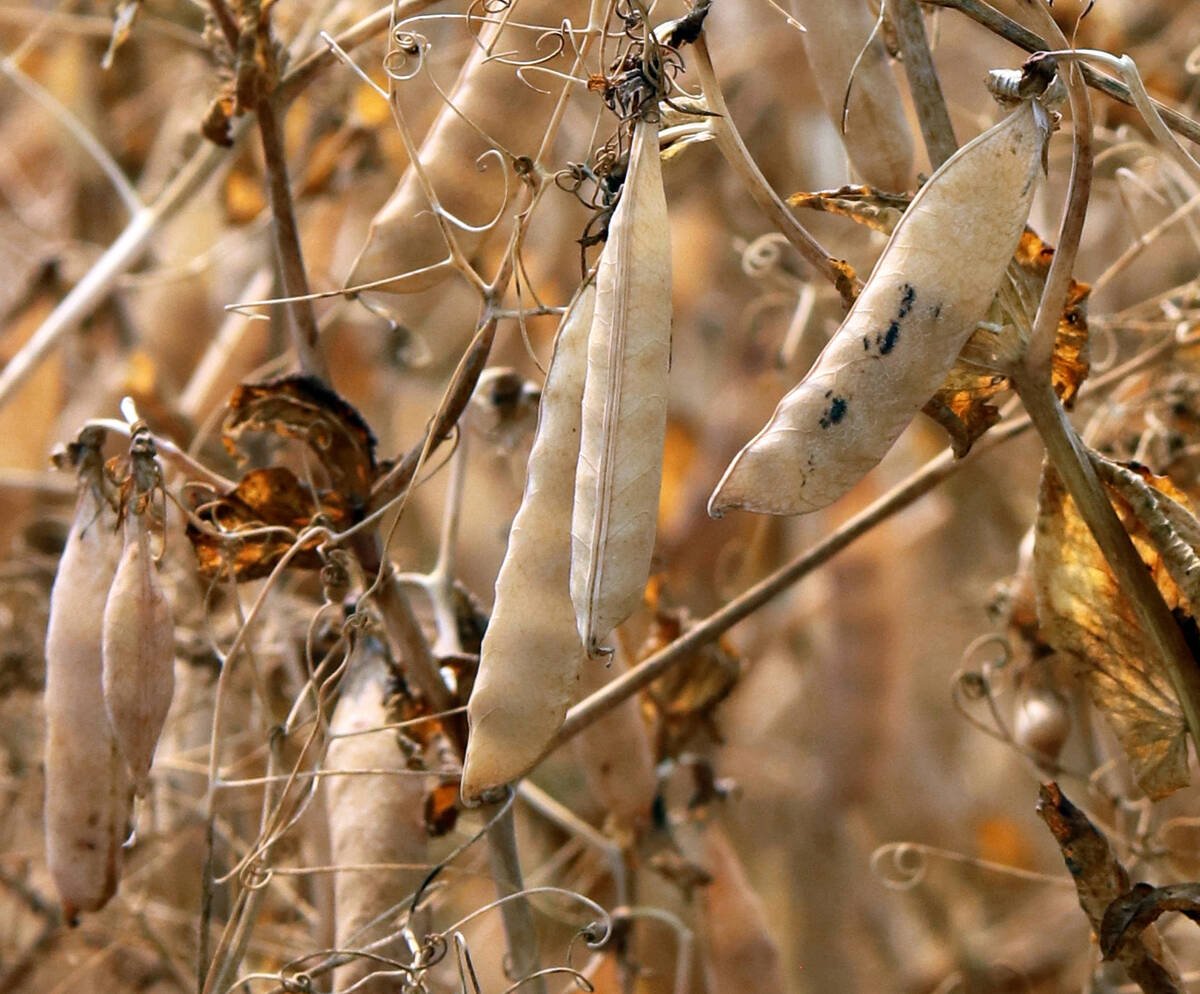
Trump’s tariffs take their toll on U.S. producers
U.S. farmers say Trump’s tariffs have been devastating for growers in that country.
Research led by Getahun Legesse of the University of Manitoba took on the task and calculated 1,590 gallons is needed per pound of beef.
Legesse’s full research on water use for livestock production will be published in early 2018.
The research compares water use in 1981 and 2011 and found consumption is much lower than previously thought.
The research attempted to look at all the components of beef production from the amount needed for drinking, growing grains and forages, feeding cattle and processing.
Water was categorized as blue or green. Green water is derived from precipitation while humans control blue water used for drinking, irrigation or processing. Therefore, cattle drink blue water while forage and feed production rely on blue and green water.
Most forage production relies on rainfall.
The results were considered good news because the livestock sector is under increasing pressure to justify its environmental footprint. The research showed water use has declined by 17 percent over 30 years.
“Water use is shrinking because of improved efficiency both in terms of the crops’ ability to use water and prudence in our irrigation technology and a little bit on the animal and beef processing side,” Bergen said.




